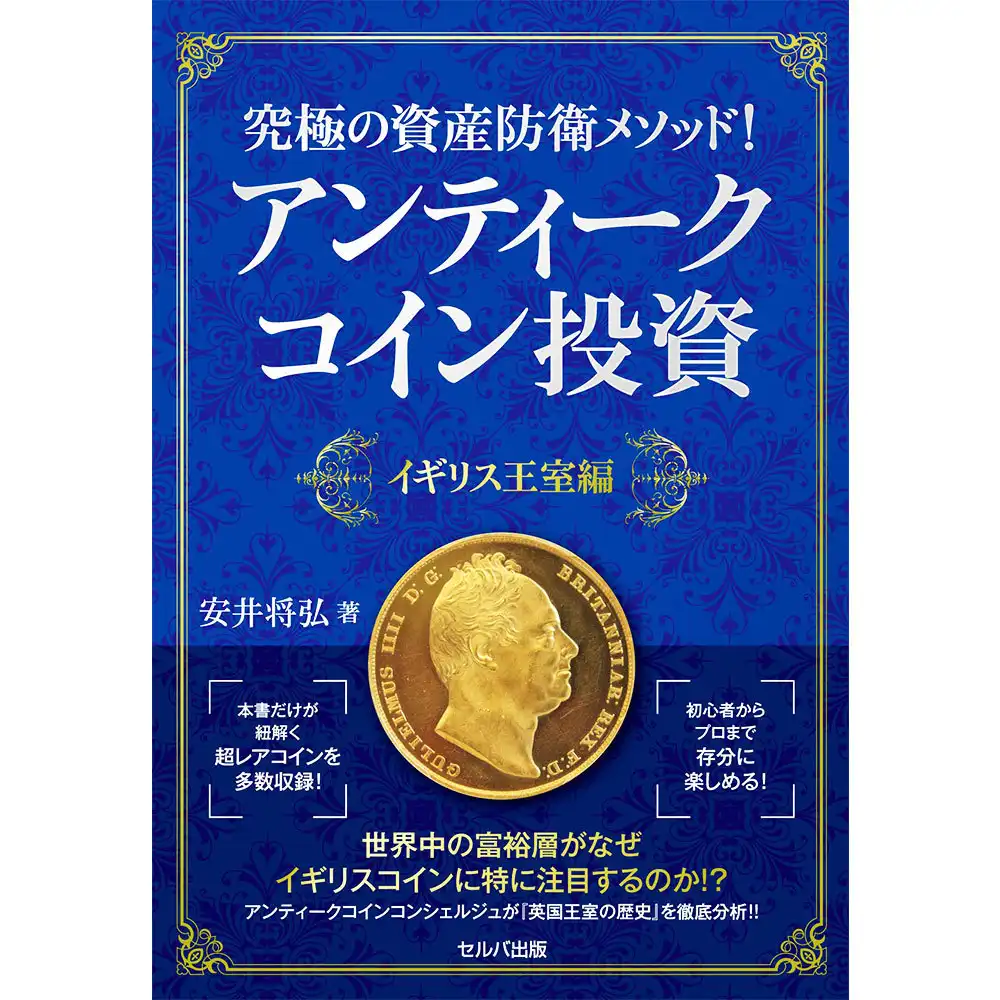How Rulers and Revolutions Molded Europe’s Money
페이지 정보
작성자 Herman Abner 작성일25-11-07 03:50 조회23회관련링크
본문
Across millennia governance transformations across the continent significantly influenced the imagery, manufacturing, and flow of money. As kingdoms rose and fell, and new nations emerged from the ashes of old regimes, the currency circulating in daily life became more than just tools of trade—they served as emblems of control, culture, and sovereignty.
Upon the coronation of a sovereign, the immediate priority was to mint currency displaying their likeness and designation. It was never just about looks; it was a bold assertion of power. A coin with the face of a monarch served as a daily reminder to the public of the ruling authority, even in distant provinces.
The dissolution of Rome’s central rule resulted in the breakdown of monetary consistency throughout the continent. Local rulers began minting their own coins gold content, reflecting their limited resources and the absence of a central authority. This period saw the rise of regional mints, every one imprinting unique emblems and dialects, reinforcing regional identities.
As centuries passed, as royal dynasties in Western Europe gained control, took back authority over currency production, standardizing weights and designs to enhance economic exchange to cement their political dominance. The introduction of the gold florin in Florence and the royal penny reforms of Henry II were milestones in this process, demonstrating that order in governance fostered monetary reliability.
The Reformation brought another wave of change. As Protestant rulers broke away from the Catholic Church, eliminated sacred symbols from currency substituting them with civic emblems or their own likenesses. This was both a theological statement and a political one—asserting independence from papal authority and emphasizing the ruler’s divine right to govern.
In contrast, Catholic monarchs continued to use religious motifs, often depicting saints or crosses, to affirm their ecclesiastical partnerships.
The French Revolution marked a turning point. Royal rule was abolished, and with it came the end of royal portraits on coins. In their place appeared symbols of liberty, reason, and the republic, such as the Phrygian cap and the fasces. Coins became vessels of revolutionary ideals, designed to reflect a new social order, instead of honoring one monarch.
The pattern persisted into the modern era as nation states like Germany and Italy unified. Each new country issued currency bearing its flag, tongue, and heroes, cultivating unity across fragmented regions.
Modern history introduced new currency crises. The collapse of the Austro-Hungarian and Ottoman Empires gave rise to dozens of new nations, アンティーク コイン every one launching independent money. World War I and II disrupted economies, triggered currency devaluation, debasement of metal content, and the circulation of substitute money. Following the conflicts, nations across the continent restructured their monetary units, simplifying their monetary systems to meet contemporary governance demands.
The most recent transformation came with the introduction of the euro| The political union and its shared coinage represented a political decision of unprecedented scale. Member states kept their cultural motifs as a tribute to history, while the identical obverse declared a new era of solidarity. This evolution shows that modern currency still embodies political unity, dreams, and concessions.
From Roman denarii to the euro European coinage has always been more than money. It is a reflection of who holds power, what values are celebrated, and how identities are shaped and reshaped through time. Every minted fragment holds a tale—not just of its metal and mint, but of the ideologies, revolutions, and regimes that birthed it.





